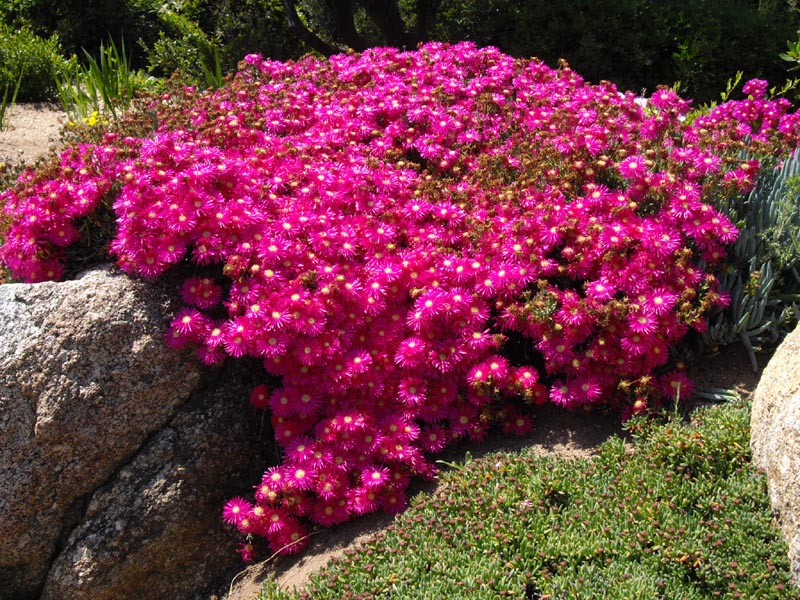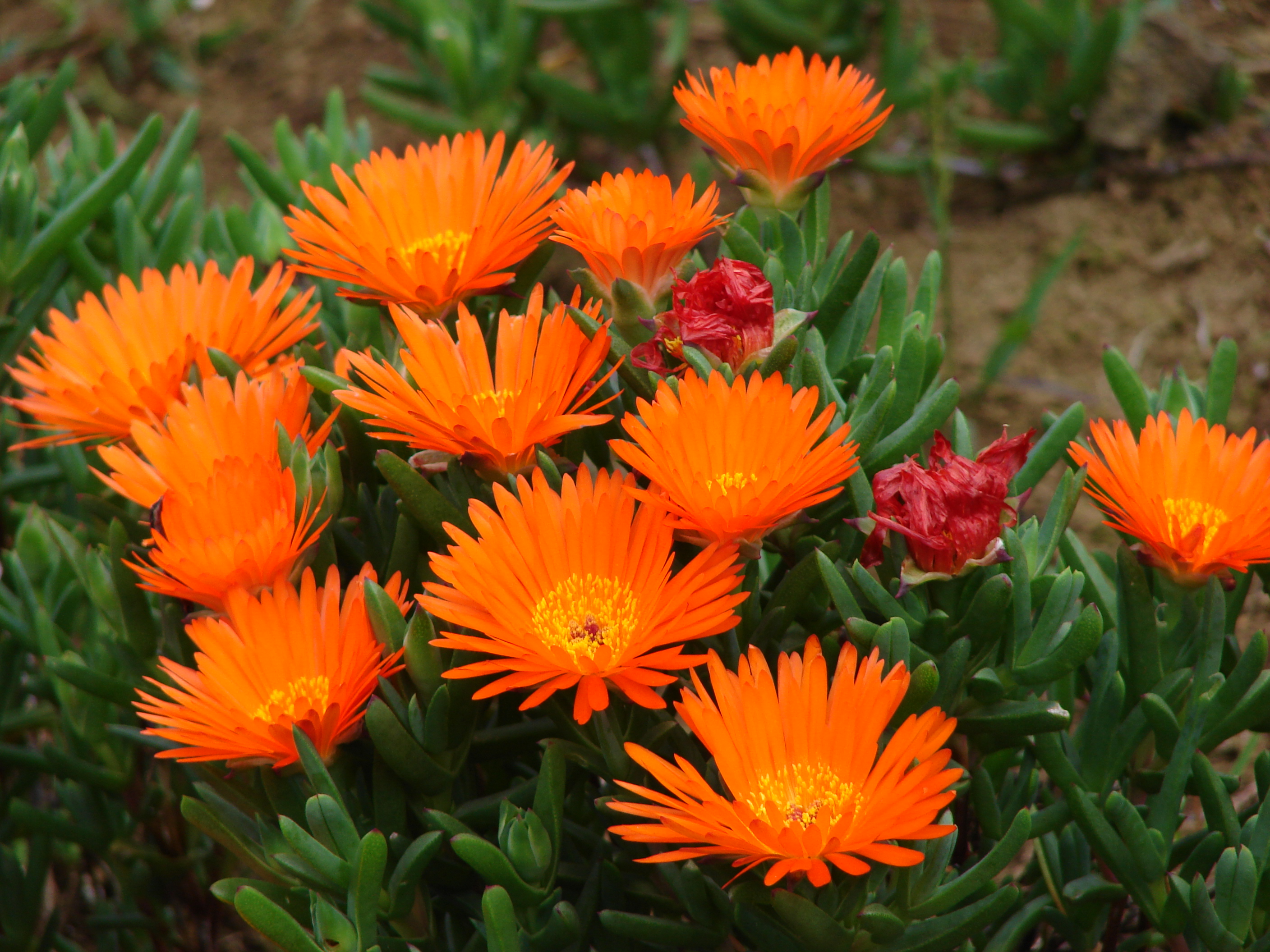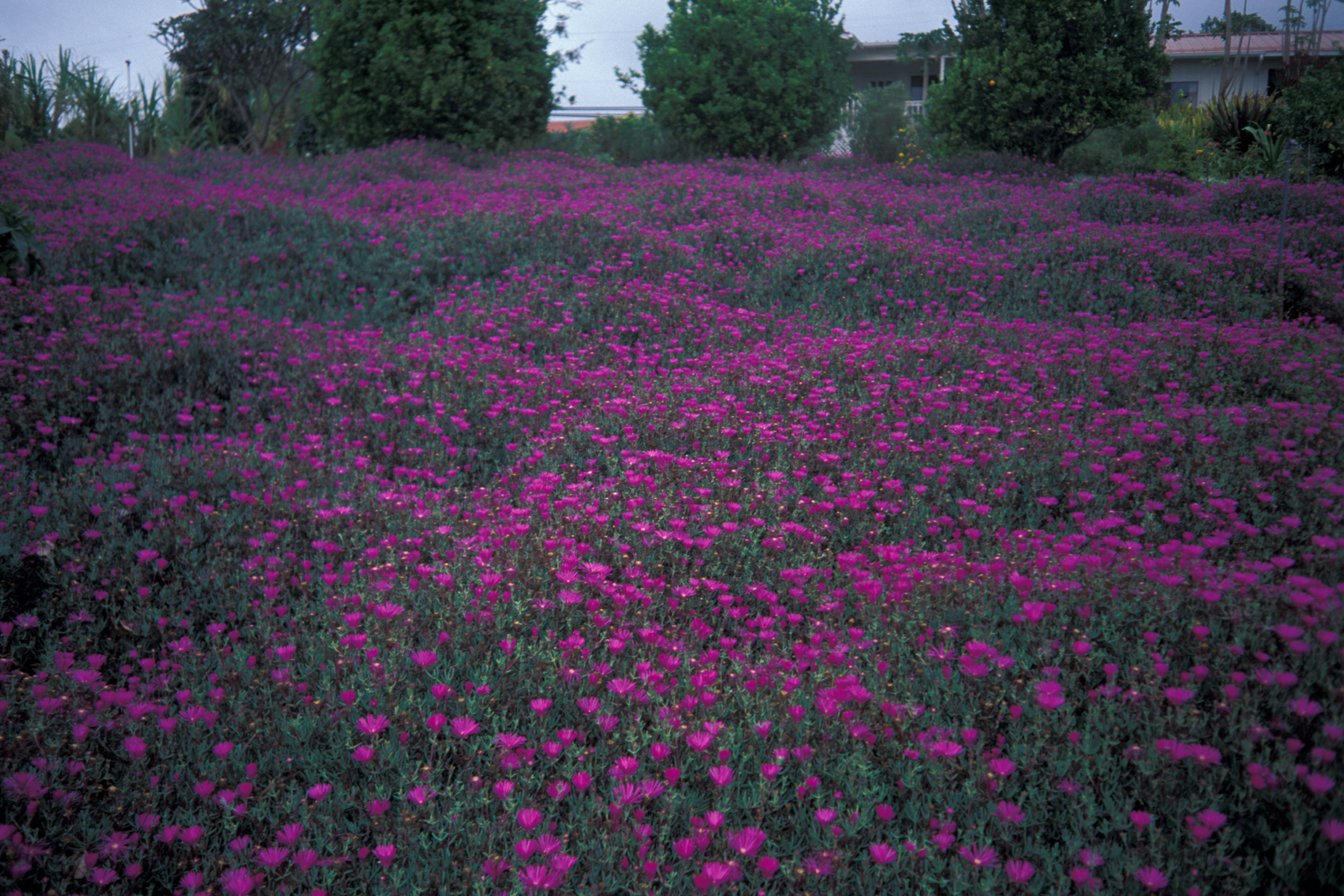Lampranthus Acrosepalus on:
[Wikipedia]
[Google]
[Amazon]
''Lampranthus'' is a genus of succulent plants in the family





 All ''Lampranthus'' species flower between June and August (in the Northern Hemisphere) with flower colours including red, orange, peach, yellow and light pink through to magenta and purple. They are pollinated by many insects, such as bees,
All ''Lampranthus'' species flower between June and August (in the Northern Hemisphere) with flower colours including red, orange, peach, yellow and light pink through to magenta and purple. They are pollinated by many insects, such as bees,
File:Lampranthus zeyheri, Madeira - May 2008.jpg, ''Lampranthus zeyheri''
File:Lampranthus amoenus plant.jpg, Typical cylindrical leaves of ''Lampranthus amoenus''
File:Lampranthus tenuifolius2.jpg, The tiny species ''Lampranthus tenuifolius''
File:Lampranthus glaucus.jpg, ''Lampranthus glaucus''
Aizoaceae
The Aizoaceae, or fig-marigold family, is a large family of dicotyledonous flowering plant
Flowering plants are plants that bear flowers and fruits, and form the clade Angiospermae (), commonly called angiosperms. The term "angiosperm" is d ...
, indigenous to southern Africa
Southern Africa is the southernmost subregion of the African continent, south of the Congo and Tanzania. The physical location is the large part of Africa to the south of the extensive Congo River basin. Southern Africa is home to a number of ...
.
Description
The genus name ''"Lampranthus"'' means ''"shining-flowers"'' in Greek, and the species of this genus have unusually large, bright flowers, of a range of colours (sometimes even bi-coloured), that usually appear in summer, and frequently cover the plants entirely. The species of this genus typically have long, smooth, elongated, succulent leaves. These can be triangular or cylindrical, and like all plants in its family, appear in opposite pairs on the shrubs' branches. ''Lampranthus'' can be clearly distinguished from related genera by its seed capsules. The seed capsules of all of these genera have triangular valves, which open when they become wet, exposing the seed chambers (locule
A locule (plural locules) or loculus (plural loculi) (meaning "little place" in Latin) is a small cavity or compartment within an organ or part of an organism (animal, plant, or fungus).
In angiosperms (flowering plants), the term ''locule'' usu ...
s). In contrast to ''Ruschia
''Ruschia'' is a genus of succulent plant, in the family Aizoaceae, indigenous to the dryer parts of southern Africa.
Description
Typical features of the genus include grey or blue-green succulent leaves, that are 3-sided or triangular in cross- ...
'', each valve in a ''Lampranthus'' capsule has two wings, on either side of it, but no visible closing body. Unlike in ''Delosperma
''Delosperma'' ('delos'=evident, 'sperma'=seed) is a genus of around 170 species of succulent plants, formerly included in ''Mesembryanthemum'' in the family Aizoaceae. It was defined by English botanist N. E. Brown in 1925. The genus is common ...
'', the seeds in ''Lampranthus'' seed chambers are partially covered by a covering membrane. ''Lampranthus'' seeds sometimes have visible stalks too.
Reproduction



 All ''Lampranthus'' species flower between June and August (in the Northern Hemisphere) with flower colours including red, orange, peach, yellow and light pink through to magenta and purple. They are pollinated by many insects, such as bees,
All ''Lampranthus'' species flower between June and August (in the Northern Hemisphere) with flower colours including red, orange, peach, yellow and light pink through to magenta and purple. They are pollinated by many insects, such as bees, wasp
A wasp is any insect of the narrow-waisted suborder Apocrita of the order Hymenoptera which is neither a bee nor an ant; this excludes the broad-waisted sawflies (Symphyta), which look somewhat like wasps, but are in a separate suborder. Th ...
s and beetle
Beetles are insects that form the order Coleoptera (), in the superorder Endopterygota. Their front pair of wings are hardened into wing-cases, elytra, distinguishing them from most other insects. The Coleoptera, with about 400,000 describ ...
s.
Range
These plants are mainly found inSouthern Africa
Southern Africa is the southernmost subregion of the African continent, south of the Congo and Tanzania. The physical location is the large part of Africa to the south of the extensive Congo River basin. Southern Africa is home to a number of ...
, especially in arid areas, such as the Fynbos
Fynbos (; meaning fine plants) is a small belt of natural shrubland or heathland vegetation located in the Western Cape and Eastern Cape provinces of South Africa. This area is predominantly coastal and mountainous, with a Mediterranean clim ...
habitat
In ecology, the term habitat summarises the array of resources, physical and biotic factors that are present in an area, such as to support the survival and reproduction of a particular species. A species habitat can be seen as the physical ...
s.
Phytochemistry
L. aureus and L. spectabilis contains mesembrenol and low levels of related alkaloids such asmesembrenone
Mesembrenone is an alkaloid constituent of ''Sceletium tortuosum'' (Kanna) and minor constituent of Lampranthus aureus and Lampranthus spectabilis
Similar to modern synthetic antidepressants, it is a potent (IC50 < 1 μM) selective inhibitor ...
and have sometimes been mismarketed as Kanna (Sceletium tortuosum
Sceletium tortuosum is a succulent plant commonly found in South Africa, which is also known as Kanna, Channa, Kougoed (Kauwgoed/ 'kougoed', prepared from 'fermenting' ''S. tortuosum'')—which literally means, 'chew(able) things' or 'something ...
) extract which contains higher levels of related alkaloids.
Selected species
: List sources :Gallery
References
{{Taxonbar, from=Q159047 Aizoaceae genera Taxa named by N. E. Brown